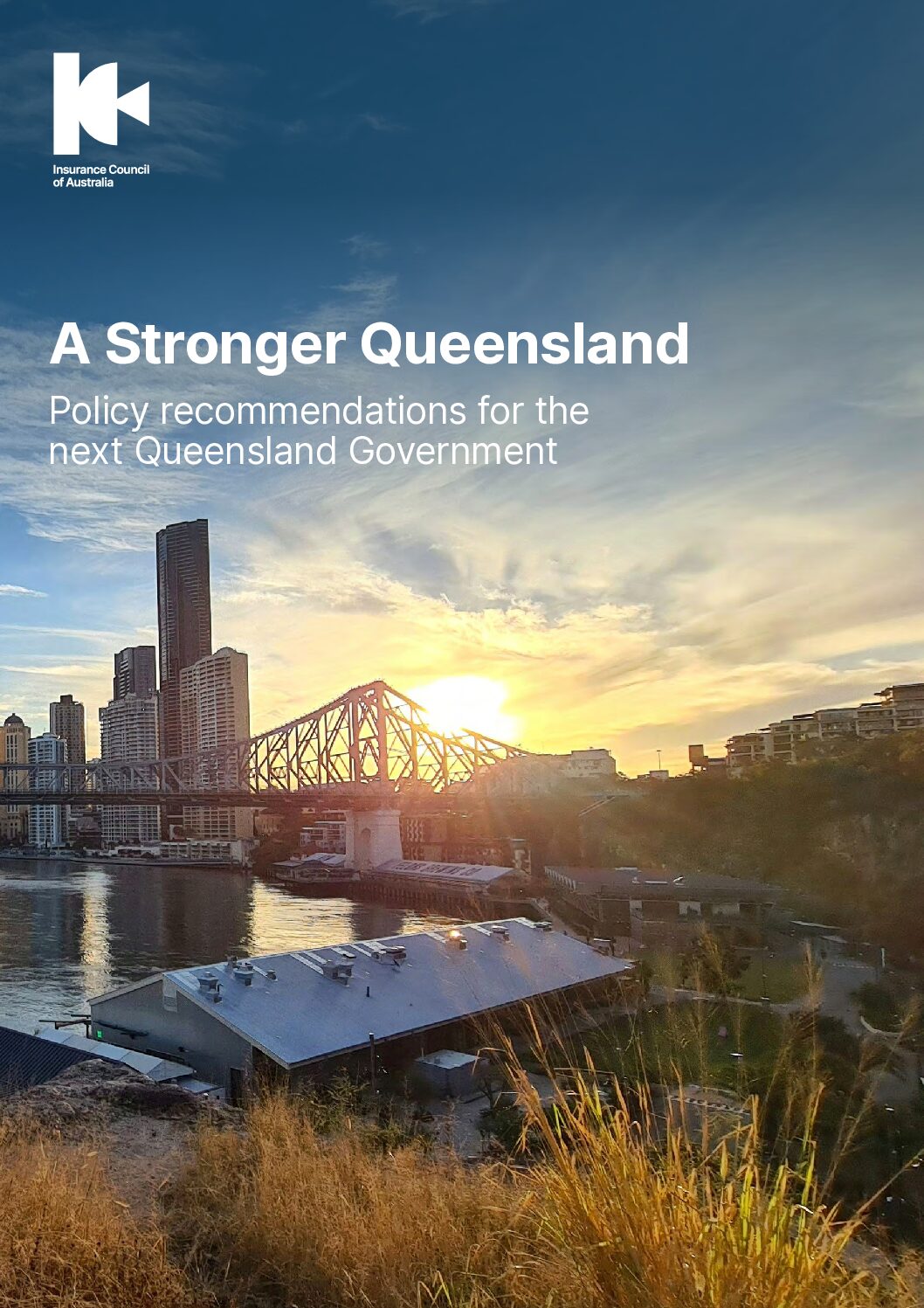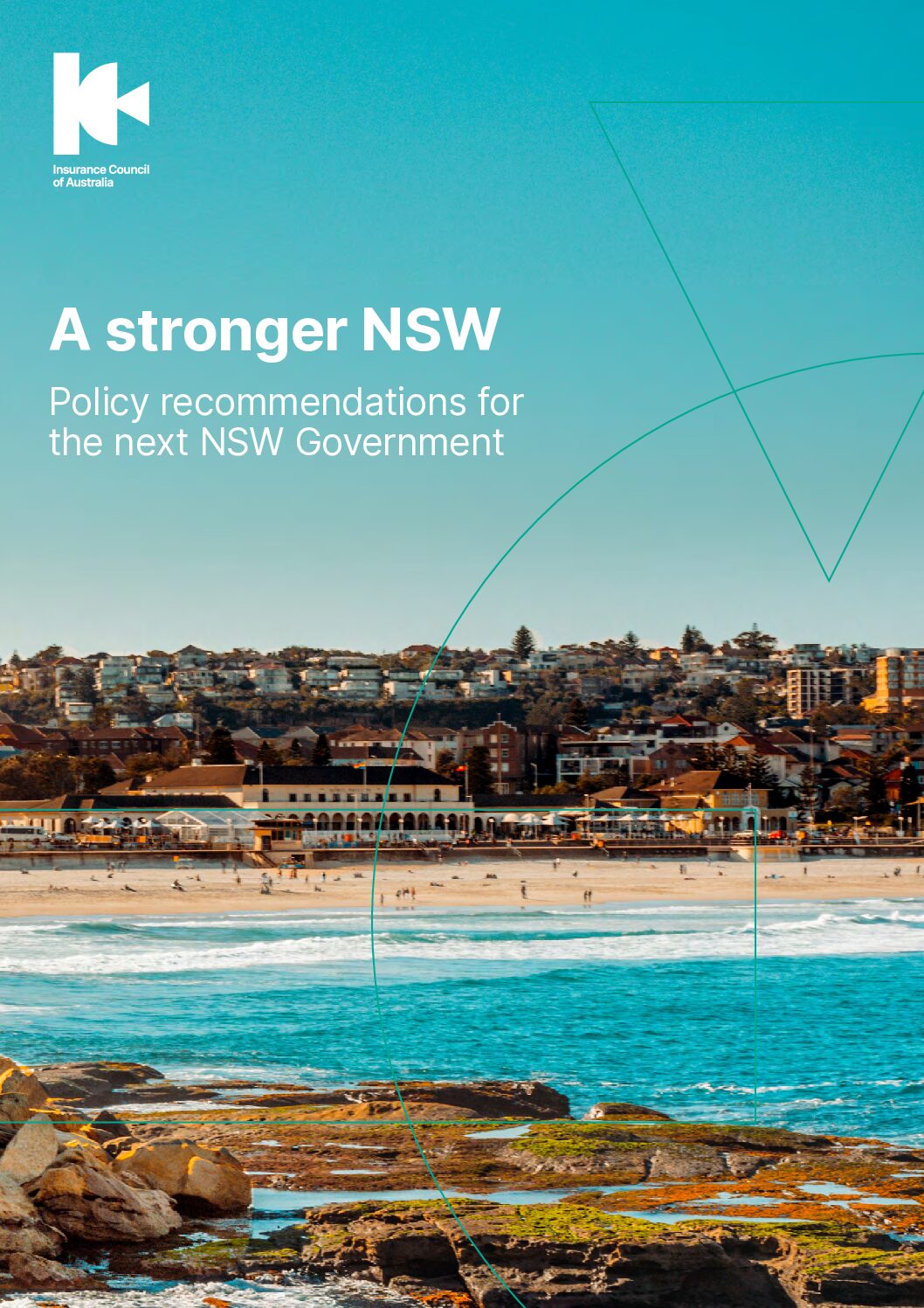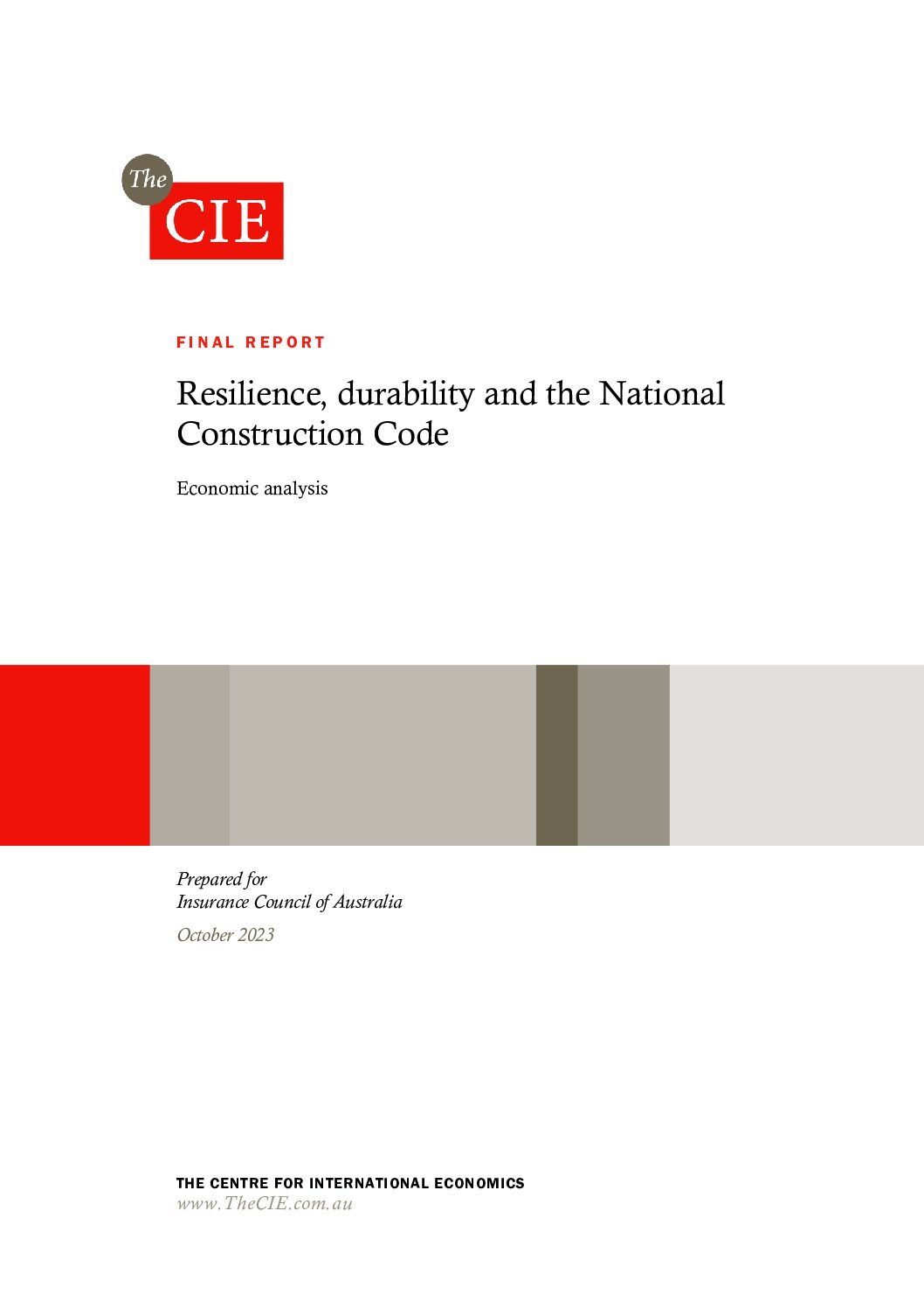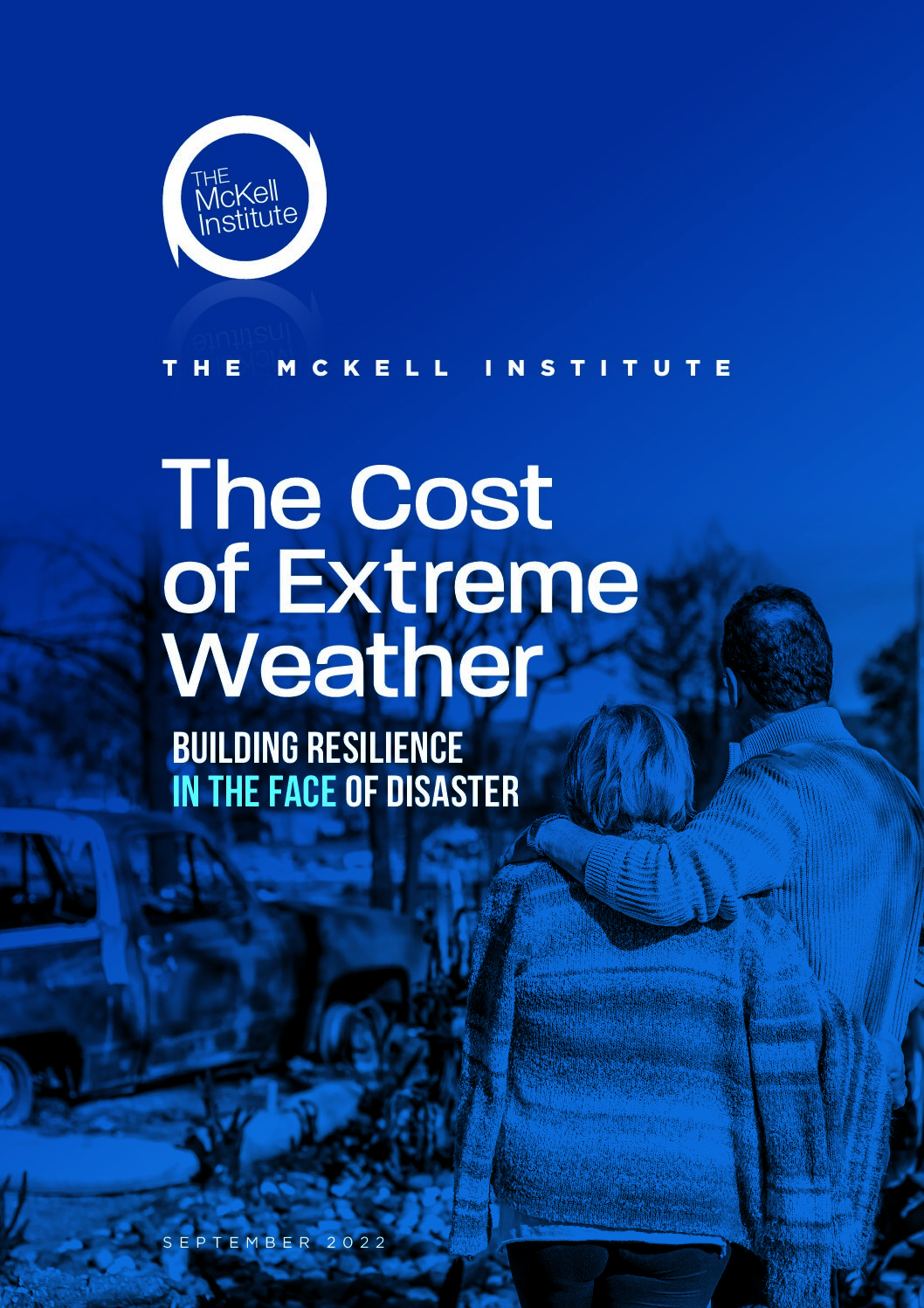Home Campaigns Future Proof Australia Land Use Planning
Land Use Planning
Better Land Use Planning
Review land use planning arrangements to better protect future homes
Too many homes are in the direct line of flood, fire, or at risk from the sea, because at the time of planning and approval not enough account was given to the extreme weather risk.
Many of these properties are now cheaper to buy or rent because of this risk, and some are home to those who are least able to afford adequate insurance, compounding the impact of extreme weather events.
Development in high-risk areas must end
Reform of land use practices across Australia is critical to reduce extreme weather risk. Land use planning arrangements do not adequately account for current or future fire, flood or cyclone risk when determining where new homes can be built, unnecessarily worsening the impact of these events.
Today, the consequences of poor historical planning are evident. Areas developed without adequate risk mitigation are disproportionately affected by extreme weather events, leading to increased harm, higher catastrophe losses, and upward pressure on insurance premiums.
National climate risk standard
With population growth, the demand for housing increases pressure to develop in high-risk areas. To safeguard communities:
- The threshold of acceptable risk must change – considering not only the probability of extreme events but also their consequences.
- Building on floodplains must end, as emphasised by the National Cabinet.
The Insurance Council of Australia supports the development of a national standard to integrate disaster and climate risk into land use planning and building reforms.
Tiered risk approach to new development
To protect future homeowners and mitigate costs, the Insurance Council advocates for:
- Stopping development in high-risk areas.
- Strengthening building codes and resilience infrastructure in moderate-risk zones.
- Prioritising development in low-risk areas.
Improved planning and risk-based decision-making can prevent costly future disasters, reduce harm, and alleviate pressures on insurance premiums. However, divided responsibilities between state and local governments complicate the administration of land use planning, highlighting the need for coordinated reforms.
Recommendations
The Insurance Council of Australia recommends the Federal Government :
- Provide any necessary resources required for the Government, working through National Cabinet, to urgently finalise the development of a national standard for considering disaster and climate risk in land use planning.
- Provide ongoing funding for the national hazard data asset and ensure this asset is made publicly available.
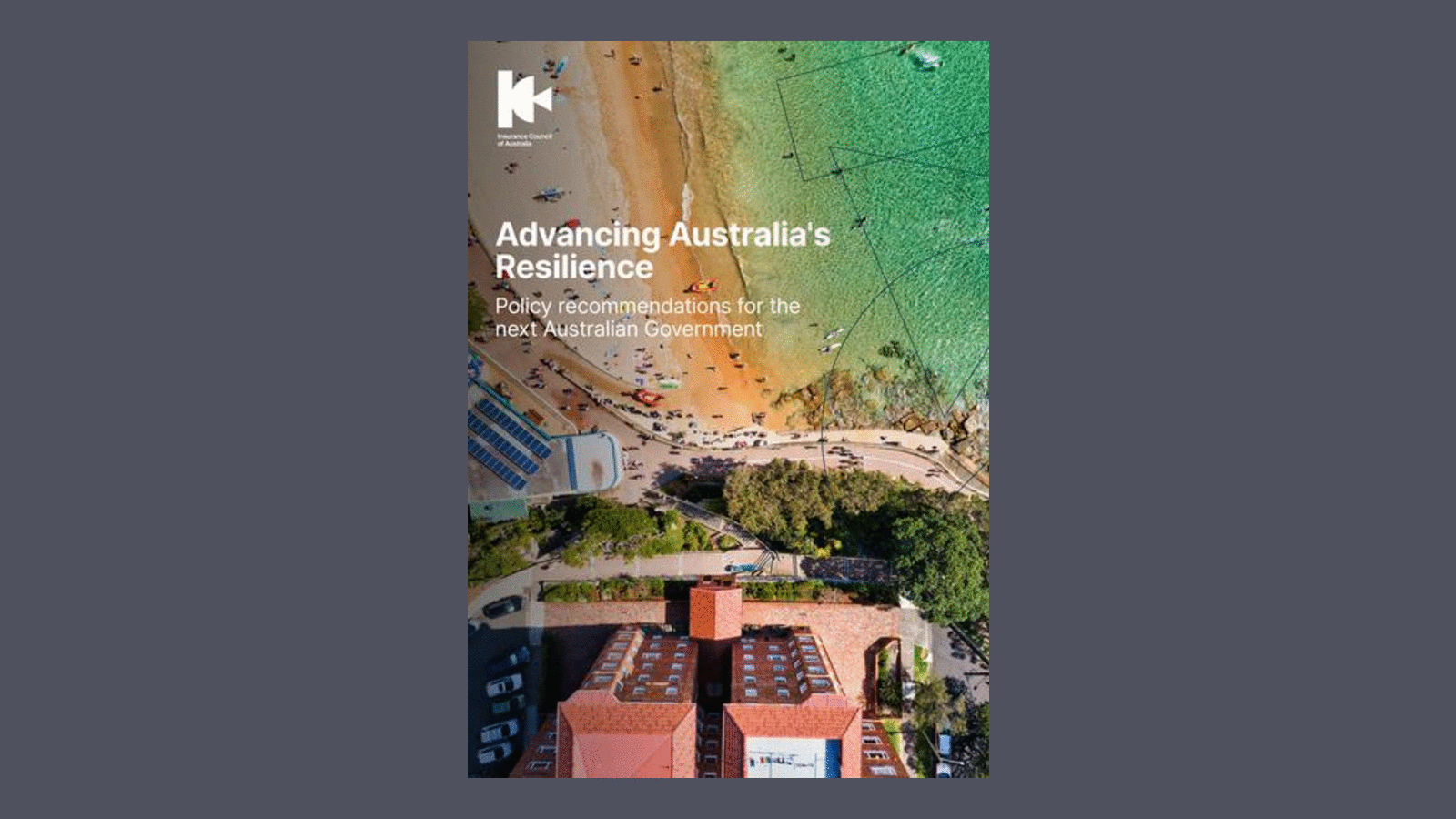

We are the representative body of the general insurance industry in Australia, shaping positive outcomes for our members, our people and the community.
Get in touch
Acknowledgement of Country
Footer


